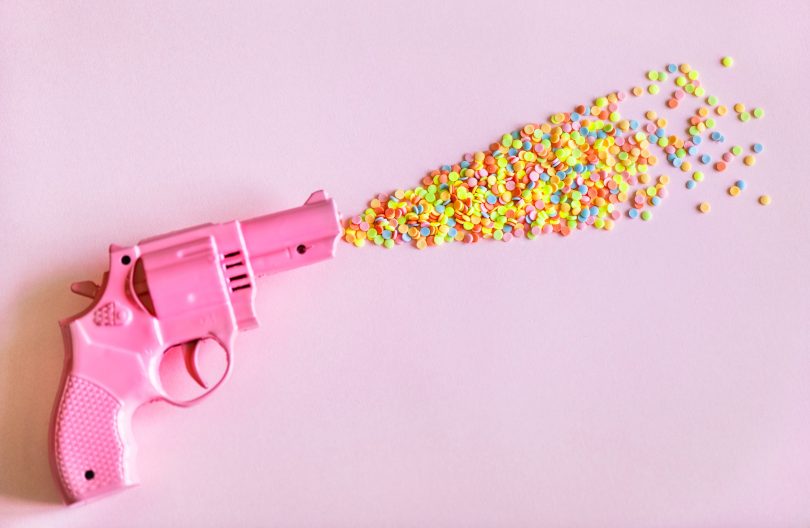Comedic journalism has graced our screens since the early 2000s, yet not many recognise it as a real form of journalism.
The former host of the Daily Show, Jon Stewart has been one of the leading pioneers of comedic journalism. He has produced news with “comedic tone”, while successfully transmitting humouristically laden news reports to the “mass audiences” across the world.
“You come in here every night, taking in the toxins and spewing out beautiful rainbow sprinkles,” Jon Stewart said to Stephen Colbert (another well known comedic journalist) as the guest host of the Late Show one evening.
Comedy and satire often get lumped together; while it is widely known that satire is a form of comedy, not all comedy is necessarily satire. Comedy is best described as the broad-spectrum of genres, ranging from witty repartees to slapstick; satire, on the other hand, is generally associated with highbrow social criticism.
Political satire plays role in creating like minded communities where people are laughing, while feeling that their concerns and values are mirrored with its creators. Journalism, on the other hand, plays an honourable role in speaking truth to power.
An American scholar, journalist and media critic, Dr Joe Hale Cutbirth researched the relationship between satire and journalism in American politics; his research revealed the blurred lines between news and entertainment, public policy and popular culture is hardly a new phenomenon.
Comedic-satiric journalism with Tom Wright by Linda Liem
Stream Comedic-satiric journalism with Tom Wright by Linda Liem on desktop and mobile. Play over 265 million tracks for free on SoundCloud.
Image: JOHN TYSON (Unsplash)
He said there an increasing number of Americans getting their political news through satiric journalism television shows; something that also applies here in Australia, with local shows such as The Weekly with Charlie Pickering, international YouTube sensations like The Daily Show and Last Week Tonight with John Oliver; and digital news outlets such as The Shovel and The Chaser.
Broadcaster, journalist, writer and comedian at the ABC, Sami Shah said comedy and journalism work well together because they use the same tools to get the root of the problem.
“Journalism starts in lies (and) leads to the truth, and comedy starts with the truth,” he said.

Tom Wright. LINDA LIEM
ABC comedy executive producer Tom Wright said there’s a strong belief that people want hard news, when in fact they want a variety of news from different outlets that isn’t all serious and depressing.
“With the news cycle increasing, the desperation of politicians and the slightly deranged anger of some voters, it’s all from a very dark place — comedically, there’s a lot going on,” he said.
Mr Wright said satiric journalism does a good job at making people laugh, but does not do much to promote societal change.
“Satire doesn’t prove to offer any answers, it’s just making fun, and hopefully offering up peoples corruption and stupidity, so people will think differently about the political process,” he said.
Also, he mentions a large cohort of people who watch Shaun Micallef’s Mad As Hell are in the 25-49 year old age bracket — “that’s how they get a lot of their news,” which is perhaps a sign that people are searching for mediums that break up the monotony of hard news.
Good comedic journalism comes from “paying respect to comedy and to journalism, and not short changing one over the other,” Mr Shah said.
They both involve a very similar skill set, which is to take something like policy, “simplify and condense them down to their purest form,” — he says if done well it can be helpful to society.
Feature image: Rawpixel.com by Pexels

